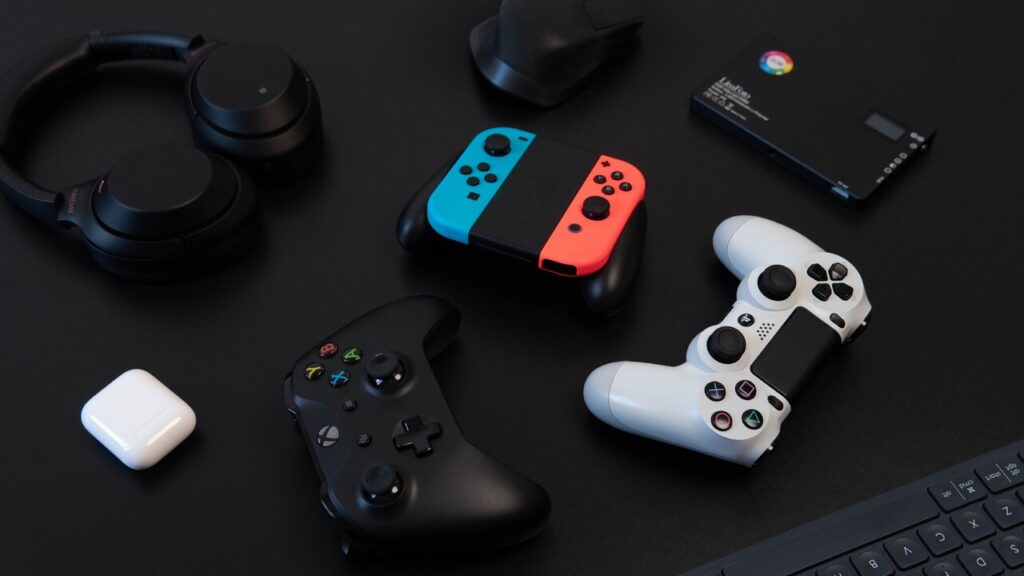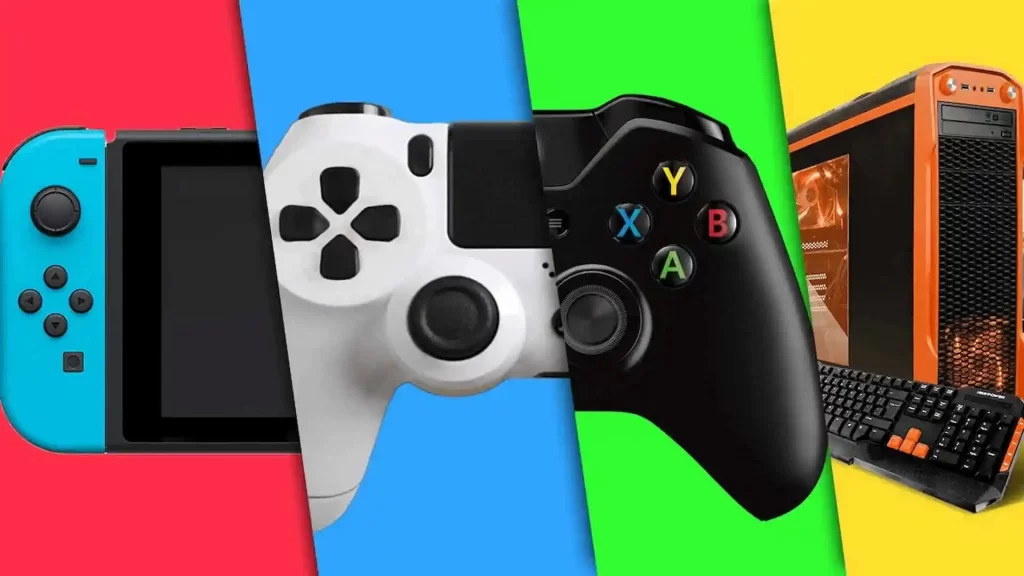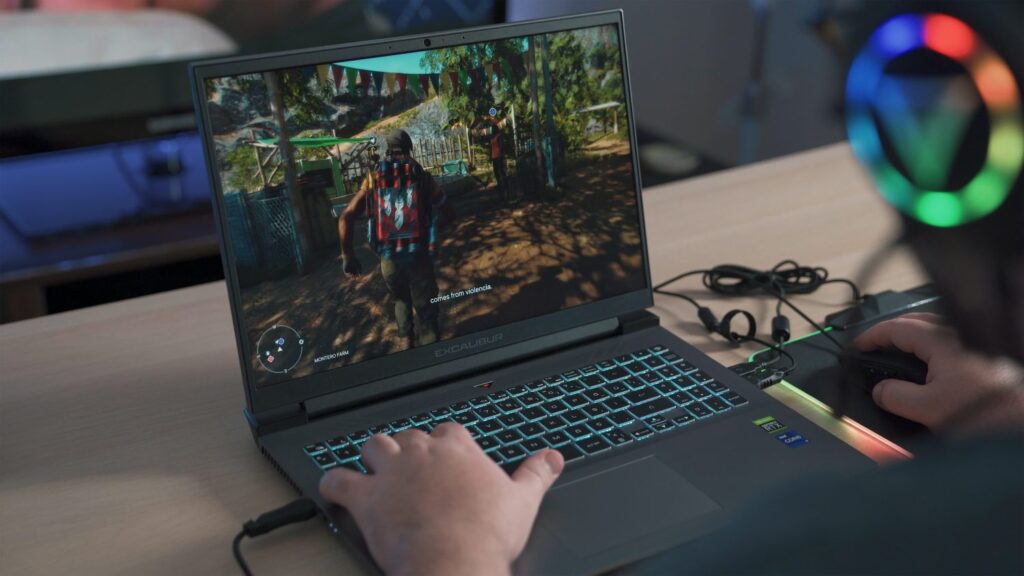In the context of video games, the term “port” refers to the process of adapting or transferring a video game from one platform or system to another. Today, we want to focus on giving an initial guide on how to port a game.
Porting a game typically involves taking a game that was originally developed for one specific gaming platform, such as a console like the PlayStation or Xbox, and making it compatible with another platform, such as a different console, a PC, a mobile device, or even another operating system.
This can be a challenging but rewarding endeavor. In some cases, the successful porting of a game can be a kind of “holy grail” in the game community, expanding access to a pivotal game that was previously tethered to a specific platform.
So whether you’re a game developer looking to expand your game’s reach or a gamer interested in playing your favorite titles on a different platform, this guide will walk you through the initial steps on how to port a game.

How to port a game: the 6 steps
We are going to divide the task of how to port a game into six steps.
Bear in mind that this division is a basic framework to guide you through the process. We won’t dive deep into the technicalities and details involved in each step, as those take much more time and specific skills.
Rather, use them as a guide to help you gather what exactly you need to know to undertake that endeavor, and then you can study the necessary skills in any way you deem reasonable.
These 6 steps are:
- Understanding the target platform;
- Choosing the right tools;
- Planning for UI and control adjustments;
- Code adaptation and optimization;
- Testing and quality assurance;
- Post-launch support.
So let’s now talk about each step in more detail.
Step 01: Understanding the target platform
Before embarking on the porting journey for your game, it’s crucial to conduct a comprehensive analysis of the target platform’s hardware and software landscape.
This in-depth understanding is the cornerstone of a successful porting process and can significantly impact the performance and user experience of your game.
Start by examining the target platform’s central processing unit (CPU).
Understand its architecture, clock speed, and core count. This information is vital for optimizing the performance of your game, as different CPUs handle tasks differently. For instance, multi-threading might be more efficient on some CPUs, while others excel at single-threaded tasks.
Next, dive into the graphics processing unit (GPU) details, such as its model, VRAM, and capabilities.
This knowledge is indispensable for adapting graphical assets, shaders, and rendering techniques. Ensuring your game leverages the GPU efficiently can result in improved visuals and smoother performance.
Determine the available RAM on the target platform. Memory constraints can affect how you manage assets, textures, and overall game performance. Efficient memory management is crucial to prevent crashes and slowdowns.
And finally, analyze the storage options and capacities. Different platforms may use various storage technologies, such as solid-state drives (SSDs) or hard disk drives (HDDs). Adjust your asset streaming, loading times, and file I/O operations accordingly to minimize latency and maximize user experience.

Operating system
If you’re moving between different operating systems, take note of file system variations.
For example, Windows uses NTFS, while macOS employs HFS+ or APFS. Understanding these differences ensures proper file handling, path conventions, and data storage compatibility.
Research the APIs and libraries available on the target platform. This is crucial for interfacing with hardware components, accessing system services, and utilizing platform-specific features.
You may need to rewrite or adapt parts of your code to work seamlessly with the new environment.
Step 02: Choosing the right tools
With the initial assessment of the target platform done, the next step in how to port a game is choosing the right development tools, which is absolutely critical when it comes to ensuring a successful port of your game to different platforms.
The process of porting involves adapting and optimizing your game to run smoothly on various devices, each with its own hardware specifications, operating systems, and unique challenges.
Basically, you have to choose a game engine that your target platform supports and that you feel comfortable working with.
We have some articles talking about game engines in our blog that you can check out.
Most game engines – like Unity and Unreal – offer cross-compilation capabilities, allowing you to compile your code for various target platforms from a single development environment. These tools are handy when you’re looking to port your game to less common or custom platforms.
If your game relies on specific graphics libraries or shaders, make sure that these libraries are either available on the target platform or that suitable alternatives exist.
Graphics APIs like DirectX and Vulkan are commonly used for Windows-based games, while OpenGL and Metal are more prevalent on macOS and iOS. Compatibility with WebGL might be essential for web-based games.
The same goes for audio libraries. for advanced sound effects or music. Ensure that these libraries are supported or find equivalent solutions for the target platforms. For example, OpenAL or FMOD might be used for cross-platform audio support.
Step 03: Planning for UI and control adjustments

The next thing to consider in the matter of how to port a game is the overall user experience in terms of input. And that’s where UI and control adjustments come in.
You need to ensure that your game’s controls are functional, comfortable, and enjoyable for users on the new platform.
Investigate the input methods supported by the target platform. This could include touchscreens, game controllers, keyboard and mouse, or even voice recognition.
Your game’s control scheme should be intuitive and optimized for the specific input devices available. For example, touchscreens require responsive and touch-friendly UI elements, while game controllers need well-mapped button layouts.
User experience can significantly impact the success of your ported application.
Additionally, each gaming platform has its screen size, with its own aspect ratios. Whether it’s a smartphone, tablet, PC monitor, or TV. It’s crucial to optimize your game’s graphics and UI elements to fit these screen sizes comfortably.
This includes ensuring that text and icons remain readable and that no essential information gets cropped off-screen.
Step 04: Code adaptation and optimization
Adapting game code to work seamlessly on a new platform is a complex but essential task in game development. It involves a thorough understanding of both the original and target platforms, as well as the ability to address various technical challenges.
For starters, moving between platforms often means dealing with different programming languages or versions. This transition involves not only rewriting code but also understanding and adapting to the language’s specific features and limitations.
Differences in memory management between languages may require you to rewrite memory allocation and deallocation routines. For instance, C++ uses manual memory management with pointers, while C# relies on garbage collection.
Profiling tools are invaluable for identifying performance bottlenecks specific to the target platform. These tools can help you measure CPU and GPU usage, memory usage, and frame rates. Understanding these metrics is essential for optimizing your game’s performance.
After identifying bottlenecks, work on optimizing the code or assets responsible for these issues. This might involve reducing unnecessary calculations, optimizing shaders, or using platform-specific rendering techniques.
One final aspect to consider is that on some platforms, such as PC or mobile devices, hardware configurations can vary significantly.
So you need to consider scalability and adaptability in your code to accommodate different levels of performance, screen resolutions, and hardware capabilities.

Step 05: Testing and quality assurance
Testing plays a pivotal role in the process when we think of how to port a game to a new platform. This phase is essential to ensure that the game not only functions correctly but also delivers a seamless and enjoyable experience to players on the target platform.
The first big test is the compatibility test, which is the foundation of the porting testing phase.
It involves running the game on the target platform, whether it’s a different gaming console, operating system, or hardware configuration, to ensure that it operates smoothly and without any critical issues.
This testing phase helps identify compatibility issues such as performance bottlenecks, crashes, or graphics rendering problems.
Gameplay is at the heart of any video game, so it is the second main thing to consider when testing.
Maintaining gameplay consistency with the original version is crucial. In gameplay testing, you evaluate the game’s mechanics, interactions, and overall player experience on the new platform.
And finally, during testing, it’s common to encounter platform-specific bugs and glitches that weren’t apparent in the original version.
Addressing these issues is critical to delivering a polished and stable port, and the third main concern when testing.
Step 06: Post-launch support
But your job is not done. Your responsibilities in the game development process extend far beyond the moment when your game goes live.
Once the game is launched, a crucial phase begins that involves ongoing updates and maintenance to ensure its longevity, relevance, and user satisfaction.
One of the primary tasks post-launch is addressing any bugs or issues that players encounter.
Player feedback is invaluable in identifying these problems, and a dedicated team of developers and quality assurance testers should be in place to swiftly diagnose and fix these issues.
Game performance can be a make-or-break factor for player satisfaction.
Continuously optimizing the game’s performance, from load times to frame rates, ensures that players have a smooth and enjoyable experience. This often involves tweaking code, optimizing assets, and streamlining resource management.
Platforms like iOS, Android, or gaming consoles regularly release updates to their operating systems. So ensuring that your game remains compatible with these updates is essential to avoid compatibility issues that can frustrate players.

Start porting your game today
Hopefully, now you understand the necessary steps in how to port a game and can start looking for the necessary skills to start your own project.
Porting a game can be a complex process, but with the right planning, tools, and determination, you can successfully bring your game to new audiences on different platforms.
Remember that a good part of how to port a game is that each port may present unique challenges, so adaptability and problem-solving skills are essential in this endeavor.
We here at Main Leaf have worked many times on porting games, and it can be as challenging as creating a game from scratch sometimes. However, the reach it gives to your product is well worth it.
If you liked this article on how to port a game, check out our blog for more content related to the world of game development.

